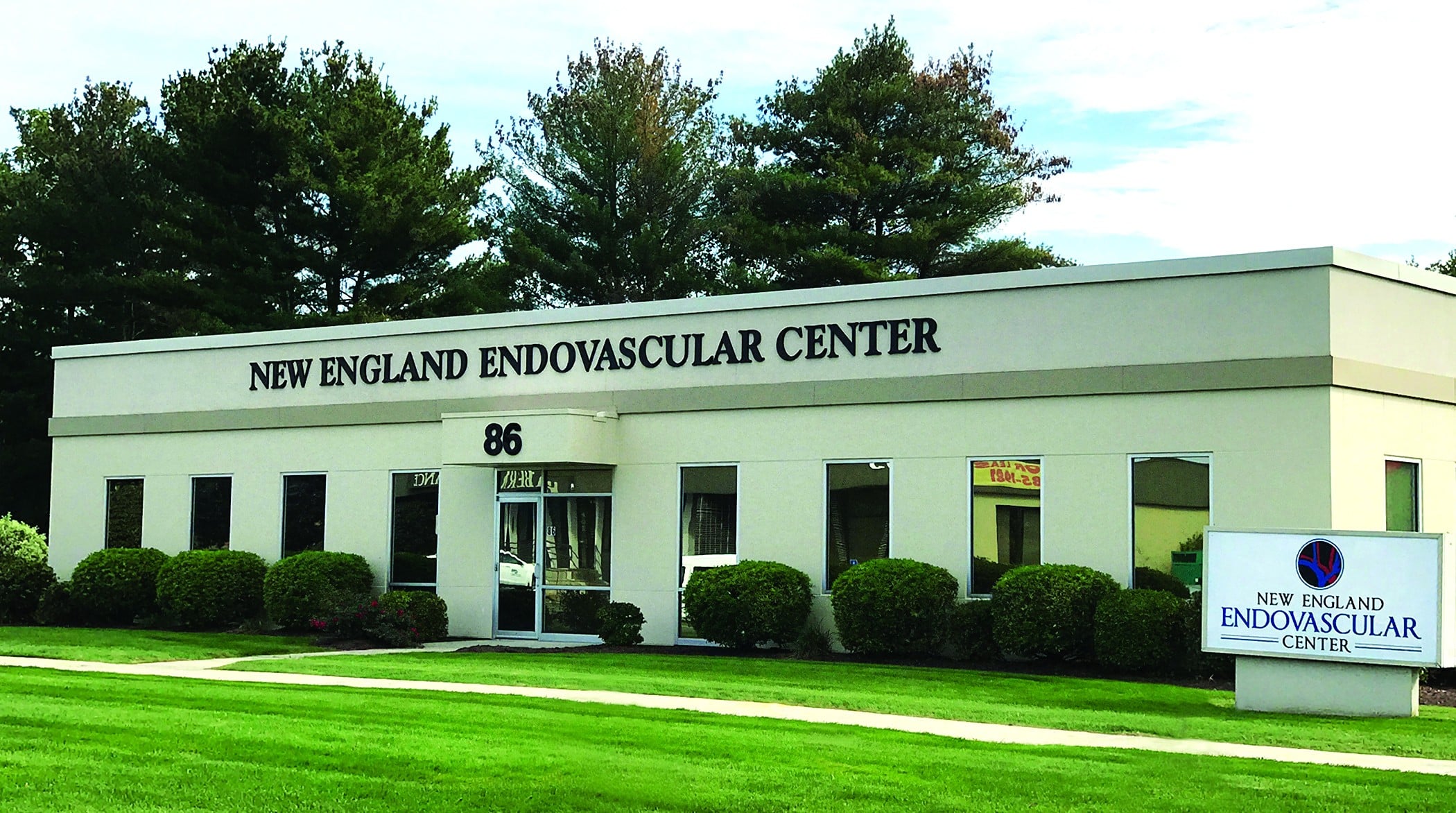HOW IS THE GENICULAR ARTERY EMBOLIZATION (GAE) TREATMENT PERFORMED?
The procedure is done using moderate ‘twilight’ sedation that allows patients to go home the same day. Our IR physicians will use a small catheter (a thin hollow tube) placed via the artery at the top of the patient’s leg or wrist. Using X-rays, the physician will guide the catheter to the arteries supplying the lining of the knee. Tiny particles are then injected through the catheter into these arteries, decreasing the blood supply. This reduces the inflammation associated with osteoarthritis and alleviates the pain. While this procedure does not treat the underlying cartilage destruction, it has proven to show an effective way to manage the symptoms.
WHAT ARE THE BENEFITS OF GENICULAR ARTERY EMBOLIZATION?
GAE is a minimally-invasive procedure that does not require a surgical incision, resulting in faster healing, fewer complications, and a quicker return to normal activity. In addition, the patient’s quality of life improves — there is a reduction in the use of opioids and other pain-killers. Pain management injections or physical therapy can often be avoided or used in conjunction with GAE for maximal pain relief. The pain relief can be significant and long lasting with some studies showing pain reduction for more than two years.
LESS RISK THAN SURGERY!

WHAT SHOULD I EXPECT BEFORE MY PROCEDURE?
You will first meet with our physician for a consultation to discuss your symptoms and medical history. Pending any further diagnostic tests, our physician will provide treatment recommendations. If GAE is warranted, our friendly staff will help you schedule the procedure. Our physician will follow-up with your doctors to inform him/her/them of the treatment plan.
Our physician will need to know which medications you are taking — you will be informed which medications to take and which ones to hold on the day(s) leading up to the procedure. We will need to know about any allergies. A simple blood test may be ordered to ensure your kidney function is acceptable for the contrast dye used during the procedure.
You will be asked to not eat nor drink anything after midnight on the day prior to your procedure.
WHAT SHOULD I EXPECT ON MY PROCEDURE DAY FOR GENICULAR ARTERY EMBOLIZATION?
After arriving and checking in with our front staff, our nurse will take you back to the prep/recovery area to get you ready for the procedure. A bedside locked cabinet and key are provided for your personal items.
An IV will be secured into your hand or forearm, allowing easy medication access for moderate sedation and pain control. Later, our staff will safely transport you into the surgical room and prep you for the procedure. You’ll notice surgical drapes placed over much of the surrounding area. This keeps the surface area sterile and clean.
Once in the room, you will be placed on a comfortable, soft table. The skin at the top of your leg or wrist will be sterilized. Moderate sedation is administered at the beginning of the procedure to provide enough sedation to make the procedure as comfortable as possible. You will be relaxed, but awake the entire time! Since there is a ceiling-mounted TV in the procedure room, you catch up on your favorite TV series or listen to your favorite music.

A numbing medication will be injected into your skin at the access site. Our physician will make a small, painless pinhole nick in your skin to create an opening for the catheter to go through. Next, a catheter will be inserted into the artery. Although the procedure is commonly performed through the femoral artery at the top of the leg, the procedure can be safely performed through the radial artery at the wrist.
The catheter placed inside the femoral or radial artery is a long, thin tube. Live x-ray guidance is used to steer the catheter to the genicular arteries and visualize the blood vessels near the knee. The embolization procedure involves the delivery of embolic material (such as particles or coils) through the catheter to block or reduce blood flow in the genicular arteries.

WHAT IS THE RECOVERY FROM GENICULAR ARTERY EMBOLIZATION?
Following the procedure, the arterial catheter will be removed and a small dressing will be placed at the access site. You will be transported back to the recovery area. To prevent any bleeding from the access site, you will be asked to lie flat for a while. Additional medication will be provided to control any pain.
You can expect to stay at NEEC for approximately 4 hours following the procedure. Snacks and drinks will be provided at this time. IPads are available to use while you wait to catch up on your favorite Netflix or Hulu series. You’ll need to plan to have someone drive you home once you have been discharged because sedative drugs are given. Be sure to follow the discharge instructions about taking your medications.
Once home, please be sure to rest and drink plenty of fluids. We suggest that you avoid heavy lifting and strenuous exercising for at least 24-48 hours. Genicular Artery Embolization is generally a well-tolerated procedure. If any post procedure symptoms occur, they will typically be minor and may include fatigue and mild pain. If necessary, you will be prescribed medications to minimize these symptoms.
We Can Help!
New England Endovascular Center offers expertise, state-of-the-art imaging, and resources for the diagnosis, treatment, and management of GAE. We customize each patient’s treatment plan to maximize the best possible outcome. We are committed to providing excellent, personal patient care.
Call our office today to schedule a consultation at 413-693-2852.

Our providers are nationally recognized experts in minimally invasive therapies for treating GAE.
We provide treatment for GAE for patients throughout Western MA and Northern CT.
To learn more about treatments available at New England Endovascular Center call 413-693-2852 to make an appointment.
